PERFORMANCE METRICS
Too often the business practices that most affect people and communities around the world are not effectively measured. We are working to change this - one industry at a time.
Business executives and employees face competing demands everyday. How they will be evaluated and rewarded by their most important stakeholders inevitably influences the choices they make. Providing these stakeholders with high-quality, easy-to-use information about which companies best manage the human rights risks and opportunities inherent to their industry is critical to bringing more attention to these issues.
Effectively incorporating human rights considerations into decision-making requires first knowing where to look. We believe that human rights leadership is defined by the core practices of a business. We look at what drives profits in a given industry and consider how this aspect of operations most directly affects people and communities around the world. When these practices are measured well, they can reveal ways to not only better manage human rights risk, but also to drive innovation and improve operational efficiencies. But, at present, measurement of these practices is rare.
Increasing investor interest in environmental, social, and governance (ESG) factors is creating new demand for better performance metrics. For now, the social category remains poorly defined. Available data focus on whether a company has dedicated social governance structures and programs (like board committees, human rights policies, or staff trainings), but stop short of measuring whether these programs influence the company's core operations and achieve their intended effect on the ground. A new generation of performance metrics that looks at effective integration of social considerations into core business operations needed.
We are exploring how to close this gap. Looking first at the apparel industry, we asked experts how to strengthen social performance assessments. After speaking with over 70 industry veterans, we heard unanimously that it is important to focus on the social harms that are most directly related to a company's core profit drivers. In the context of the apparel industry, this means looking at how a company coordinates with and compensates manufacturers in its global supply chain. On the basis of this feedback, we developed a framework of operationally-oriented performance measures that together assess the quality of the relationships that global buyers foster with their suppliers.
We have since used the lessons from this pilot to create a preliminary industry-agnostic screening tool to help investors identify companies with outsourcing practices that create greater risk of labor abuse. We are continuing to refine this approach and develop additional tools that assist asset owners and managers in better engaging with companies on priority social concerns.






